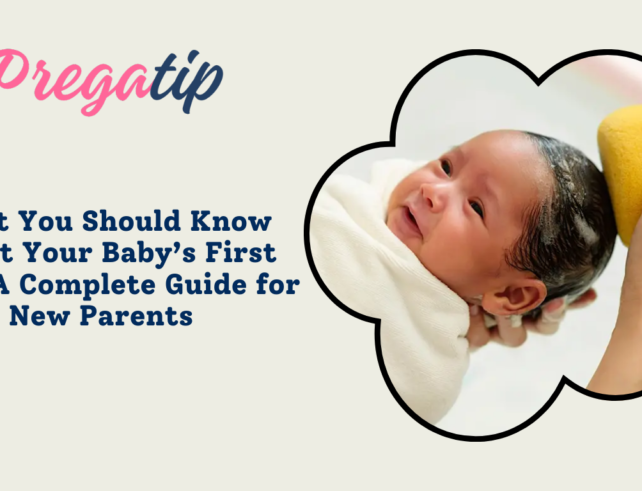Understanding Object Permanence in Babies


The journey of a baby’s cognitive development is marked by various fascinating milestones. One such important milestone is the development of object permanence, which plays a crucial role in shaping how babies perceive and interact with their surroundings. This concept, introduced by Swiss psychologist Jean Piaget, refers to the understanding that objects and people continue to exist even when they are not visible. For parents and caregivers, comprehending this cognitive milestone provides valuable insights into a baby’s development and helps in nurturing their growing minds.
1. What is Object Permanence?
Definition: Object permanence is the realization that objects, people, and surroundings continue to exist even when they are out of sight. This shift in perception is a significant cognitive milestone in early childhood, transforming how babies experience and interact with the world.
Jean Piaget’s Theory: Piaget, renowned for his work on childhood cognitive development, introduced the concept of object permanence as part of his broader theory on infant cognition. According to him, this understanding is a pivotal aspect of the sensorimotor stage of development.
2. When Does Object Permanence Develop?
Early Stages: In the first few months of life, infants do not have object permanence. They assume that when something disappears from their view, it no longer exists. This is why babies are often surprised or confused when objects reappear.
Around 6-8 Months: Between 6 and 8 months, babies begin to develop object permanence. At this stage, they start realizing that objects and people still exist, even when they are not in view. For instance, if a toy is hidden under a blanket, a baby may try to retrieve it, showcasing their emerging understanding of object permanence.
Piaget’s Stages: Piaget believed that object permanence develops during the sensorimotor stage, which spans from birth to about 2 years old. During this period, babies gradually build their cognitive understanding of the world and learn that objects exist independently of their immediate experience.
3. Signs of Developing Object Permanence
Searching for Hidden Objects: One of the first signs of object permanence is when babies begin to search for objects that have been hidden. This shows their growing awareness that objects don’t simply vanish when out of sight.
Playing Peekaboo: Games like peekaboo are more than just playful interactions. They serve as early exercises in object permanence, helping babies anticipate the return of something that briefly disappears, such as a caregiver’s face.
Separation Anxiety: As babies develop object permanence, they may experience separation anxiety. They understand that when a caregiver leaves the room, they haven’t disappeared completely, leading to feelings of anxiety and anticipation for their return.
4. Impact on Child Development
Cognitive Development: Object permanence is a foundational step in a child’s cognitive growth. It lays the groundwork for more complex thinking, memory, and problem-solving skills. This milestone enables babies to build a deeper awareness of their surroundings.
Emotional Development: The development of object permanence also influences emotional growth. Babies begin to comprehend that separations are temporary, helping them cope with being apart from their caregivers.
Language Development: As object permanence strengthens, it contributes to language development. Babies start to understand that people and things have continuity, aiding in their ability to communicate needs and desires more effectively.
5. Nurturing Object Permanence
Encourage Exploration: Parents and caregivers can nurture object permanence by encouraging babies to explore their environment. Providing age-appropriate toys and engaging in games like hide-and-seek with objects will promote this cognitive milestone.
Maintain Consistency: Consistency in routines helps reinforce the concept of object permanence. Regular patterns, such as leaving and returning to a room, help babies predict and anticipate events, building a sense of security.
Offer Reassurance: During phases of separation anxiety, offering reassurance and comfort is essential. Babies need to know that although they may not see their caregivers, they will return, reinforcing their understanding of permanence.
6. Myths and Misconceptions
Object Permanence Is Automatic: While some parents might assume that object permanence develops automatically, it is actually a gradual process that unfolds at its own pace. Each child progresses through this milestone at different rates.
Lack of Object Permanence Equals Forgetfulness: It’s important to differentiate between the lack of object permanence and forgetfulness. When a baby doesn’t search for an object out of sight, it doesn’t mean they forgot about it; they just haven’t yet grasped the concept of it continuing to exist.
Understanding object permanence is essential for caregivers as it highlights the intricate development of a baby’s mind. This cognitive milestone not only reflects their growing understanding of the world but also shapes their emotional and social interactions. By supporting this journey with patience and nurturing environments, parents can help their babies build a strong foundation for future learning and development.



